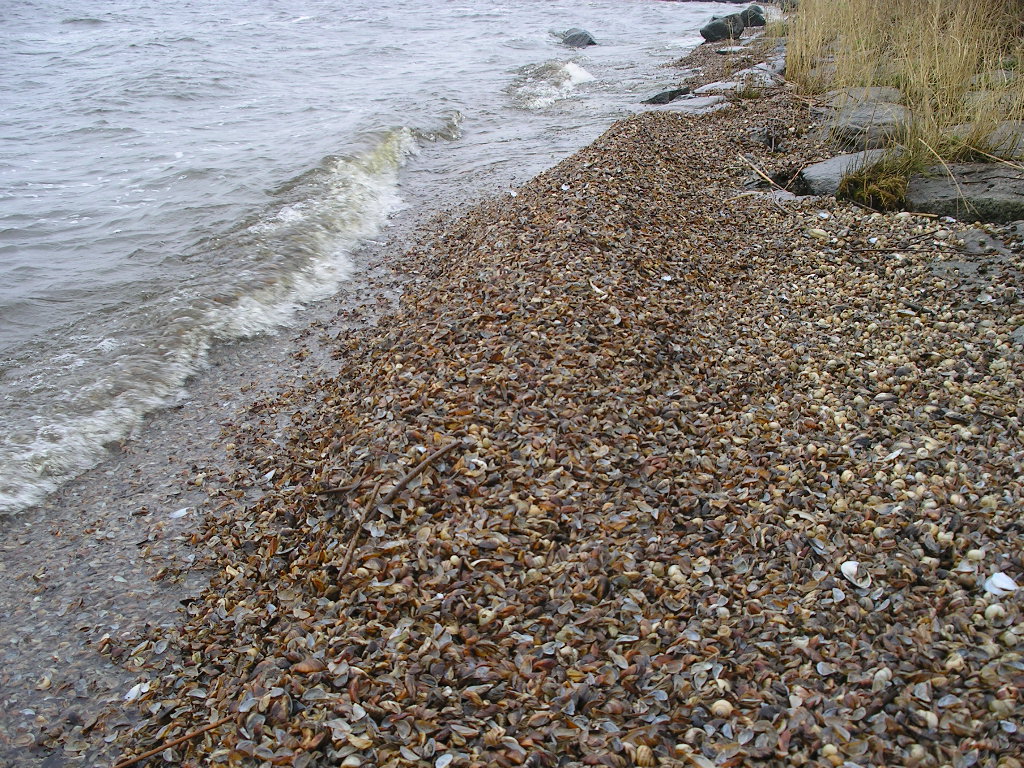Developing a Database Practical for Management and Useful for Research: the Case of AquaNIS
AquaNIS is an information system on the aquatic non-indigenous species (NIS). These are the species of plants, animals, fungi, and microbes that are intentionally or unintentionally transferred by humans from one continent to another. Upon arrival in a new environment, some of these species may increase in numbers, become invasive, and eventually pose a threat to the environment, the economy, and even human health.
AquaNIS stores and disseminates information on NIS: histories of introduction, recipient regions, taxonomy, biological traits, impacts, and other relevant documented data. These data are needed for their monitoring: to prioritize the most dangerous invasive species, to quantify the impact of specific taxa on the environment and economy, and to determine the main pathways and vectors responsible for the undesirable NIS. Such data are being increasingly used to comply with the decisions of the International Convention on Ballast Water Management, the EU Regulation on Invasive Alien Species, and other legislative acts. As biological invasions keep attracting attention of scientists, politicians, authorities, and the general public, the number and availability of electronic resources on the NIS are growing.

The history of AquaNIS dates back to 1997, when the first regional Baltic Sea Alien Species Database was created. Later, in 2012-2014, it was developed into a Pan-European system by an international group of experts within the framework of the VECTORS project. The data came from a number of previous projects and initiatives, such as the EU-funded projects DAISIE, IMPASSE, MEECE, DEVOTES, etc. Gradually, the system has been supplemented with datasets from other regions. At present, it comprises data on thousands of NIS introduction events to marine, brackish, and coastal freshwater bodies in 25 Large Marine Ecosystems (LMEs). The system is supplied with a flexible search engine based on several criteria (taxonomy, geography, pathways, biological characteristics, status in the recipient’s habitat, etc.) and an essential comparative analysis tool, which makes it practical for management and useful for research. The Editorial Board of AquaNIS is composed of scientists with taxonomic and biogeographic expertise to ensure data quality.
Any database on NIS (and, in general, on biodiversity) is a “living organism” that requires constant maintenance, frequent updates, and corrections. Quite a few of NIS databases were developed as part of short-term national or regional projects, and quite a few quickly disappeared after the completion of the project. AquaNIS may be the oldest international database of aquatic non-native species (NIS) in the world that is still being maintained and developed. This is why, when planning a new regional research project (COMPLETE, www.balticcomplete.com) to address knowledge gaps in the introduction and spread of non-native and potentially invasive species by maritime transport in the Baltic Sea Region, it was decided to use and further advance AquaNIS instead of creating a new NIS database from scratch. Since 2017, project activities in collaboration with various stakeholder groups have focused on identifying and developing management, monitoring, and early warning options, methods, and tools to minimise the risk of introductions through ballast water and biofouling. Thus, the COMPLETE project uses an existing platform to assemble, accumulate, and publicise biological data, especially on newly arriving NIS which may turn into harmful aquatic organisms and pathogens (HAOP). A new functional module in AquaNIS Early Warning System on the findings of HAOP in the Baltic Sea was technically implemented as an outcome of the COMPLETE project. The EWS is aimed at minimising the uptake of ballast water which could be harmful to the recipient port or area and at reducing the risk of spreading HAOP. The system uses an algorithm that is based on the screening and analysis of all the data collected in AquaNIS to give a warning to port authorities and mariners in case a HAOP is recorded in a port.
Our experience shows that several technical and organisational aspects are equally important for the long-term maintenance and development of NIS databases. It is necessary to determine the purposes (e.g. research, management, environmental assessment, early warning, etc.) and the ways the system will be used as well as to develop a technical system convenient for searching, extracting, and doing at least the primary analysis of the data. It is important to ensure a constant flow of reliable data and engage a highly qualified editorial board. Long-term maintenance is not possible without the support of environmental authorities at the international, regional, and national levels. Finally, the exponentially increasing volume of bio-invasion data requires fundamentally new approaches to the data acquisition, standardisation, and analysis.

